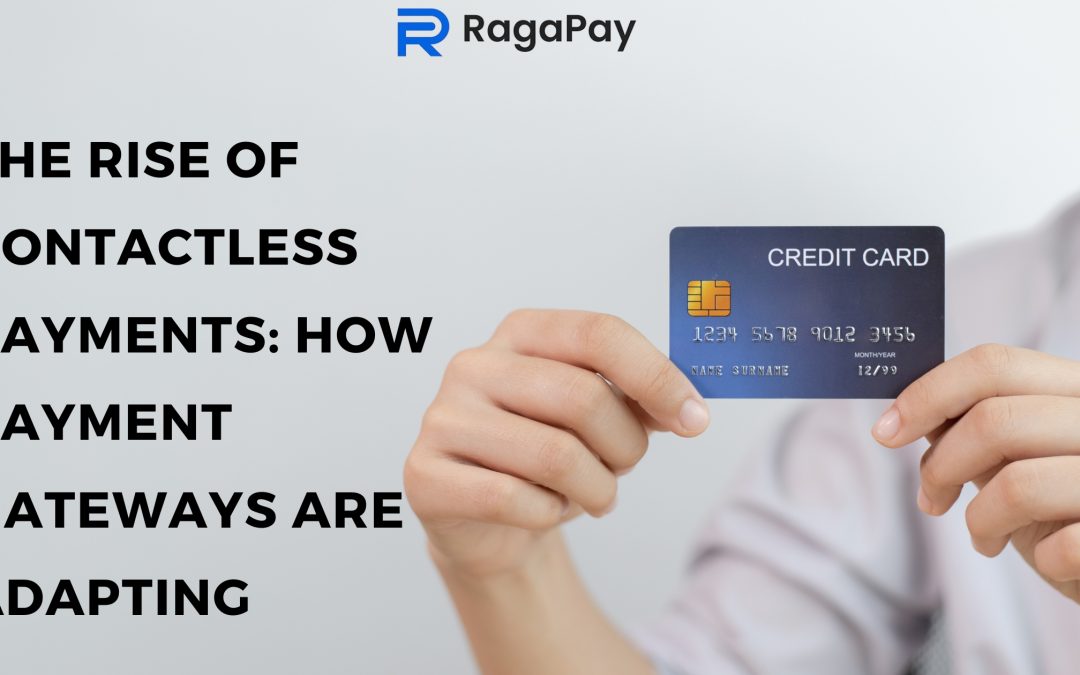Introduction
In recent years, the landscape of how we pay for goods and services has been rapidly evolving. One of the most significant shifts has been the rise of contactless payments, fueled by technological advancements and changing consumer preferences. As this trend continues to gain momentum, payment gateways—the crucial link between merchants and financial institutions—are also evolving to meet the demands of this new era of transactions.
The Contactless Revolution
Contactless payments, also known as tap-and-go or NFC (Near Field Communication) payments, allow consumers to make transactions by simply tapping their card, smartphone, or wearable device on a compatible reader. This convenience has been a game-changer, especially in environments where speed and efficiency are paramount, such as retail stores, restaurants, and public transportation.
The global COVID-19 pandemic further accelerated the adoption of contactless payments, as consumers and businesses alike sought ways to minimize physical contact and reduce the risk of spreading the virus. According to a study by Juniper Research, contactless transaction values are expected to reach $1.6 trillion by 2024, highlighting the scale of this shift in consumer behavior.
The Role of Payment Gateways
Payment gateways play a crucial role in facilitating these contactless transactions. Traditionally, these gateways have been responsible for securely transmitting transaction data between merchants and payment processors. However, with the rise of contactless payments, their role has expanded to accommodate new technologies and requirements.
1. Compatibility with Contactless Technologies
Payment gateways are now required to support a variety of contactless technologies, including NFC, QR codes, and mobile wallets. This means ensuring that their systems can seamlessly process transactions initiated by tapping a card, scanning a QR code, or using a smartphone app.
2. Enhanced Security Measures
As contactless payments become more widespread, security remains a top priority. Payment gateways are implementing advanced encryption and tokenization techniques to protect sensitive payment data. Tokenization, in particular, replaces card details with unique tokens, adding an extra layer of security against fraud.
3. Integration with Mobile Apps
Many payment gateways now offer software development kits (SDKs) that allow merchants to integrate contactless payment capabilities directly into their mobile apps. This integration provides a seamless and branded payment experience for customers, further driving adoption.
4. Real-time Reporting and Analytics
With the increase in contactless transactions, merchants require real-time reporting and analytics to gain insights into customer behavior and transaction trends. Payment gateways are offering robust reporting tools that enable merchants to track sales, monitor inventory, and make data-driven decisions.
The Future of Contactless Payments
Looking ahead, the trajectory of contactless payments seems clear—they are here to stay and will likely become the preferred method of payment for many consumers. This means that payment gateways will continue to innovate and adapt to support this growing demand.
1. Wearable Devices and IoT
The next frontier for contactless payments is integration with wearable devices and the Internet of Things (IoT). Payment gateways are exploring ways to enable payments through smartwatches, fitness trackers, and even connected cars, offering unparalleled convenience and accessibility.
2. Biometric Authentication
To enhance security and streamline the payment process, biometric authentication methods such as fingerprint scanning and facial recognition are being integrated into contactless payment systems. Payment gateways will play a crucial role in ensuring the seamless integration of these technologies.
3. Global Expansion
Contactless payments are not limited by borders, and payment gateways are working to enable seamless cross-border transactions. This includes support for multiple currencies, languages, and regulatory requirements, making it easier for businesses to operate on a global scale.
Conclusion
The rise of contactless payments represents a significant shift in how we interact with money. As consumers embrace the convenience and speed of tap-and-go transactions, payment gateways are evolving to support these new payment methods. From enhanced security measures to integration with emerging technologies, payment gateways play a vital role in the contactless revolution. Looking forward, we can expect to see continued innovation in this space as contactless payments become the new norm.

